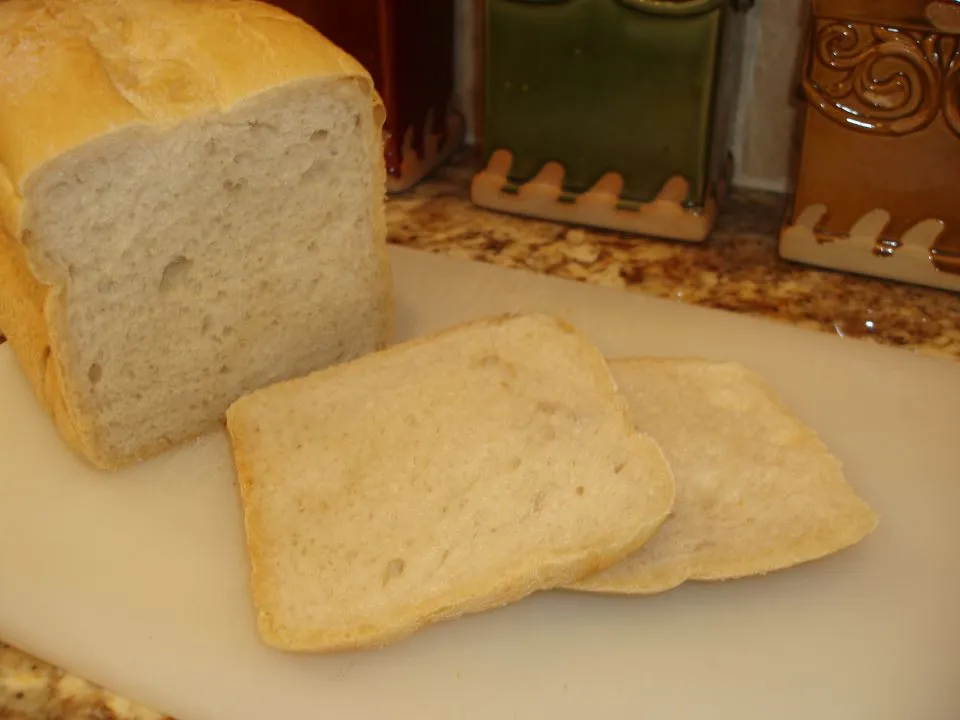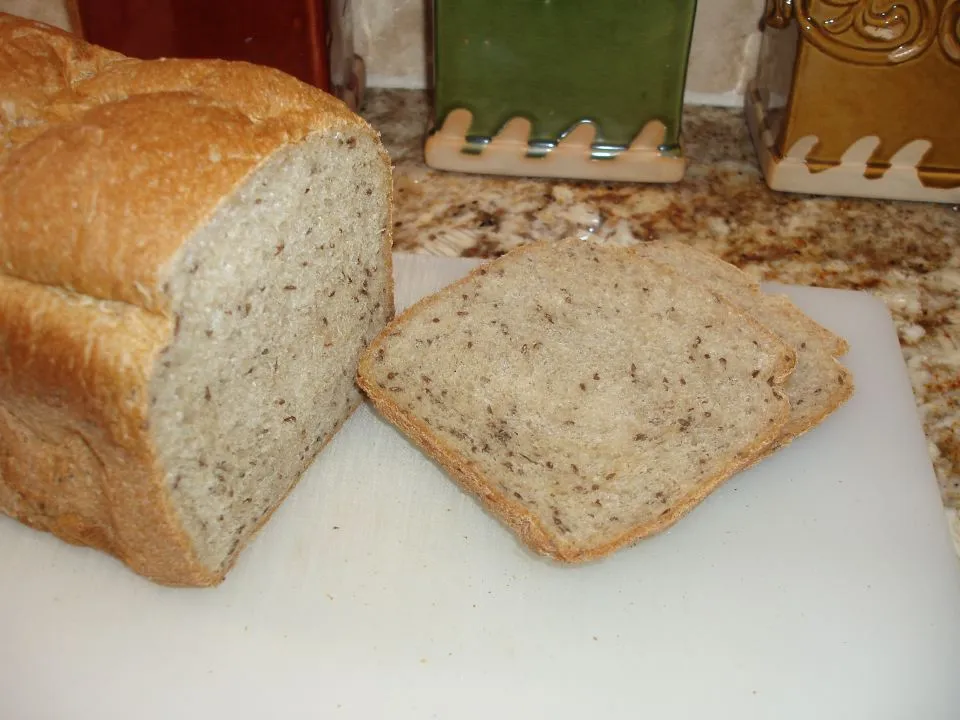Sourdough Bread for Bread Machines with Programmable Cycles

Sourdough Bread for Zojirushi Dual-Paddle Bread Machines
(and other bread machines with a user-programmable cycle, sometimes called "Home Made Cycle")
Version 3.4
23 February 2022
(by troglodyte)
Introduction
- Log in or register to post comments
- 16 comments
- View post
- troglodyte's Blog
